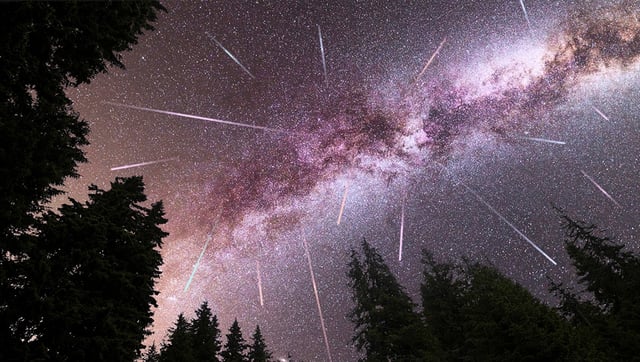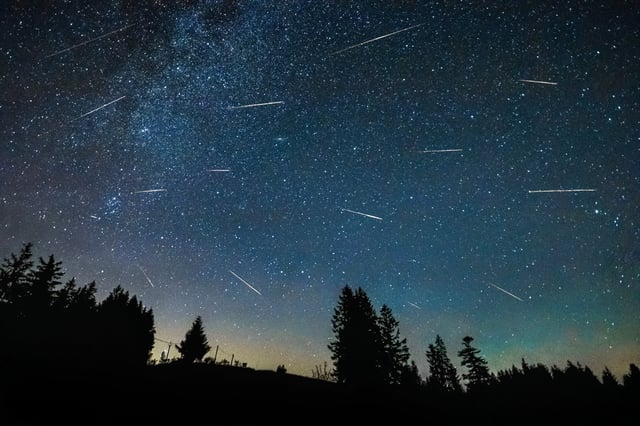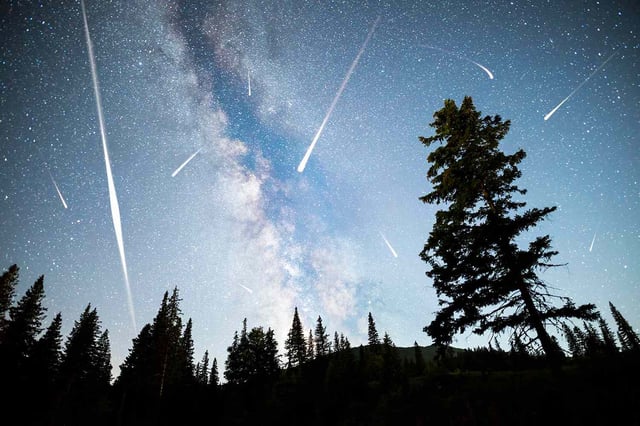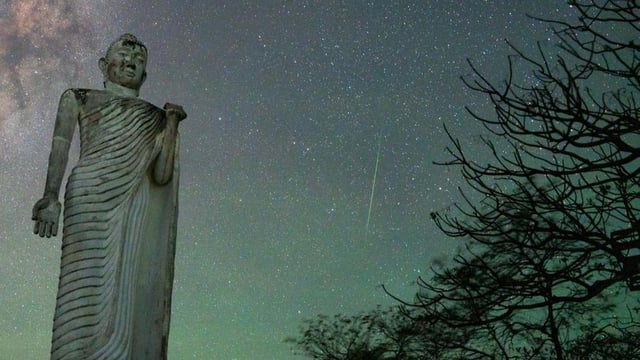Overview
- The Perseids originate from debris shed by Comet 109P/Swift-Tuttle, a 26-kilometer-wide comet that orbits the Sun every 133 years.
- NASA forecasts the shower will run from July 17 to August 23, peaking overnight on August 12–13 with rates reaching up to 100 meteors per hour.
- Under optimal dark-sky conditions, observers may see swift, colorful meteors that often leave long luminous trails across the sky.
- Larger particles produce fireballs brighter than magnitude –3, which last longer and appear more vivid than typical meteors.
- For best viewing, spectators should lie back away from light pollution, allow about 30 minutes for their eyes to adjust, and look toward the constellation Perseus before dawn.



